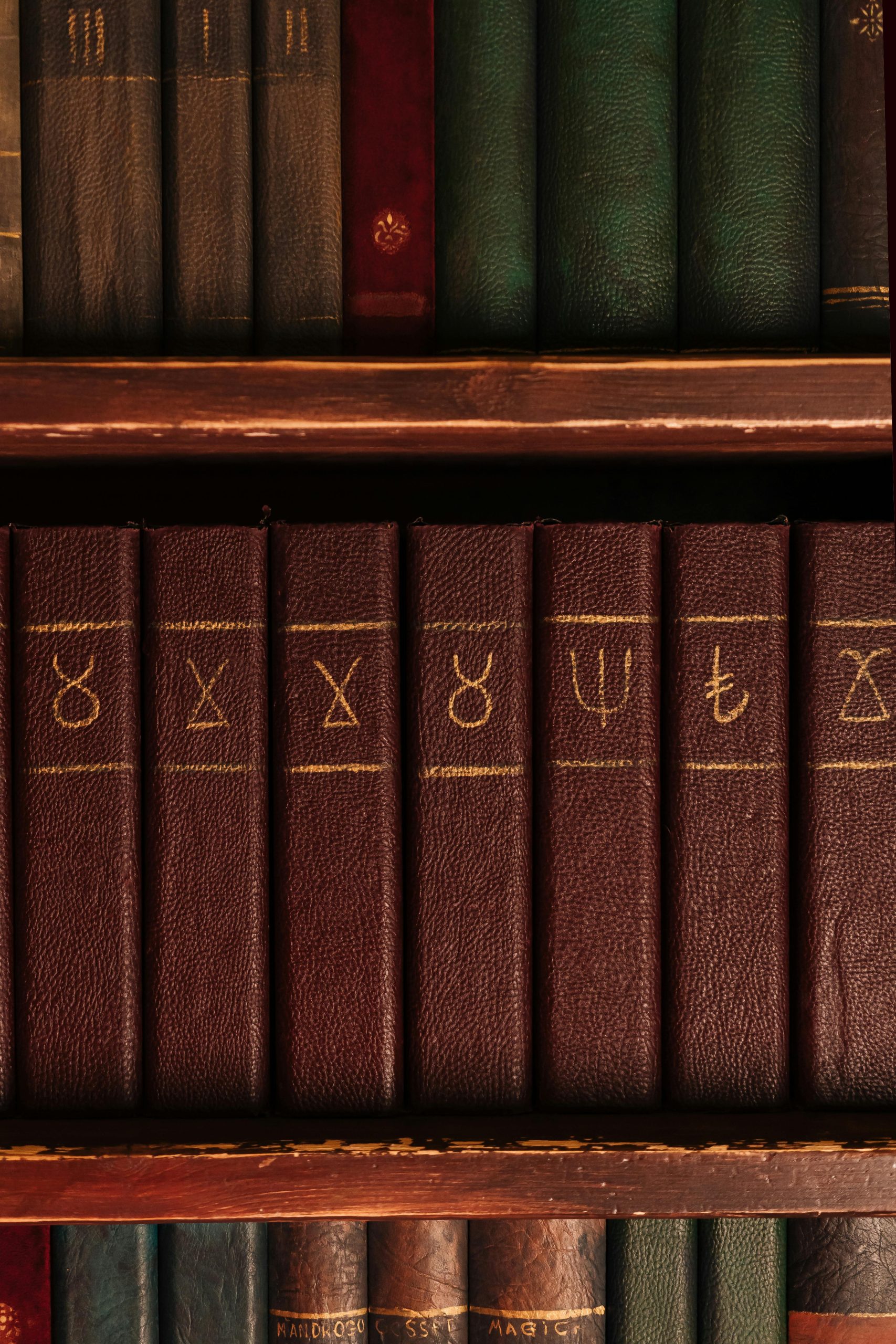History is not a static record but an ever-evolving narrative shaped by discoveries that challenge our understanding of the past. From hidden cities to forgotten civilizations, archaeological breakthroughs have repeatedly rewritten history books, forcing scholars to reconsider long-held beliefs. These unearthed mysteries reveal humanity’s untold stories, proving that the past is far more complex—and fascinating—than we once imagined.
The Lost City of Troy: Myth Turned Reality
For centuries, the city of Troy was dismissed as mere legend, immortalized in Homer’s Iliad as the backdrop for the Trojan War. That changed in the 1870s when German archaeologist Heinrich Schliemann uncovered the ruins of an ancient city in modern-day Turkey. His excavations revealed multiple layers of settlements, one of which matched the timeline of the legendary conflict.
The discovery of Troy proved that myths could hold kernels of truth, reshaping how historians approach ancient texts. It also opened the door to further explorations of Bronze Age civilizations, showing that epic tales might be rooted in real events.
Göbekli Tepe: The World’s First Temple?
Discovered in southeastern Turkey in the 1990s, Göbekli Tepe stunned archaeologists with its massive stone pillars arranged in circular formations. Dating back over 11,000 years, this site predates Stonehenge and the Egyptian pyramids by millennia. Its existence challenges the conventional timeline of human civilization, which assumed that complex societies emerged only after the advent of agriculture.
Göbekli Tepe suggests that religion or communal gatherings may have driven early humans to settle and build, flipping the script on the origins of civilization. This mystery continues to spark debates about how and why humans transitioned from nomadic lifestyles to structured societies.
The Terracotta Army: China’s Silent Guardians
In 1974, farmers digging a well near Xi’an, China, stumbled upon one of the most astonishing archaeological finds of the 20th century: the Terracotta Army. This vast collection of life-sized clay soldiers, horses, and chariots was buried with China’s first emperor, Qin Shi Huang, to protect him in the afterlife. The sheer scale of the army—over 8,000 figures, each with unique facial features—revealed the sophistication of Qin Dynasty craftsmanship and logistics.
This discovery rewrote the history of ancient China, showcasing the emperor’s power and the technological advancements of his era. It also highlighted the importance of funerary practices in understanding early imperial cultures.
The Antikythera Mechanism: An Ancient Computer
Recovered from a shipwreck off the coast of Greece in 1901, the Antikythera Mechanism was initially dismissed as a corroded lump of metal. Decades later, advanced imaging techniques revealed it to be an intricate mechanical device with gears and dials, capable of predicting astronomical positions and eclipses. Dating to around 100 BCE, this “ancient computer” demonstrates a level of technological sophistication previously thought impossible for its time.
The mechanism forced historians to reconsider the scientific achievements of the Hellenistic world, suggesting that ancient Greeks had knowledge of mechanics and astronomy far beyond what was documented in surviving texts.
The Vinland Map: A Viking Footprint in America
Long before Columbus, Vikings may have reached North America, as hinted by the Vinland Map. This controversial document, discovered in the 1950s, depicts parts of North America and bears inscriptions referencing Viking explorations. While its authenticity is debated, archaeological evidence from L’Anse aux Meadows in Newfoundland confirms that Norse settlers established a short-lived settlement around 1000 CE.
If genuine, the Vinland Map would rewrite the history of transatlantic exploration, proving that Europeans arrived in the Americas centuries earlier than previously believed.
These unearthed mysteries remind us that history is a puzzle with missing pieces, waiting to be discovered. Each breakthrough forces us to rethink what we know, proving that the past is full of surprises. As technology advances and excavations continue, who knows what other secrets lie buried beneath our feet, ready to rewrite the history books once again?
